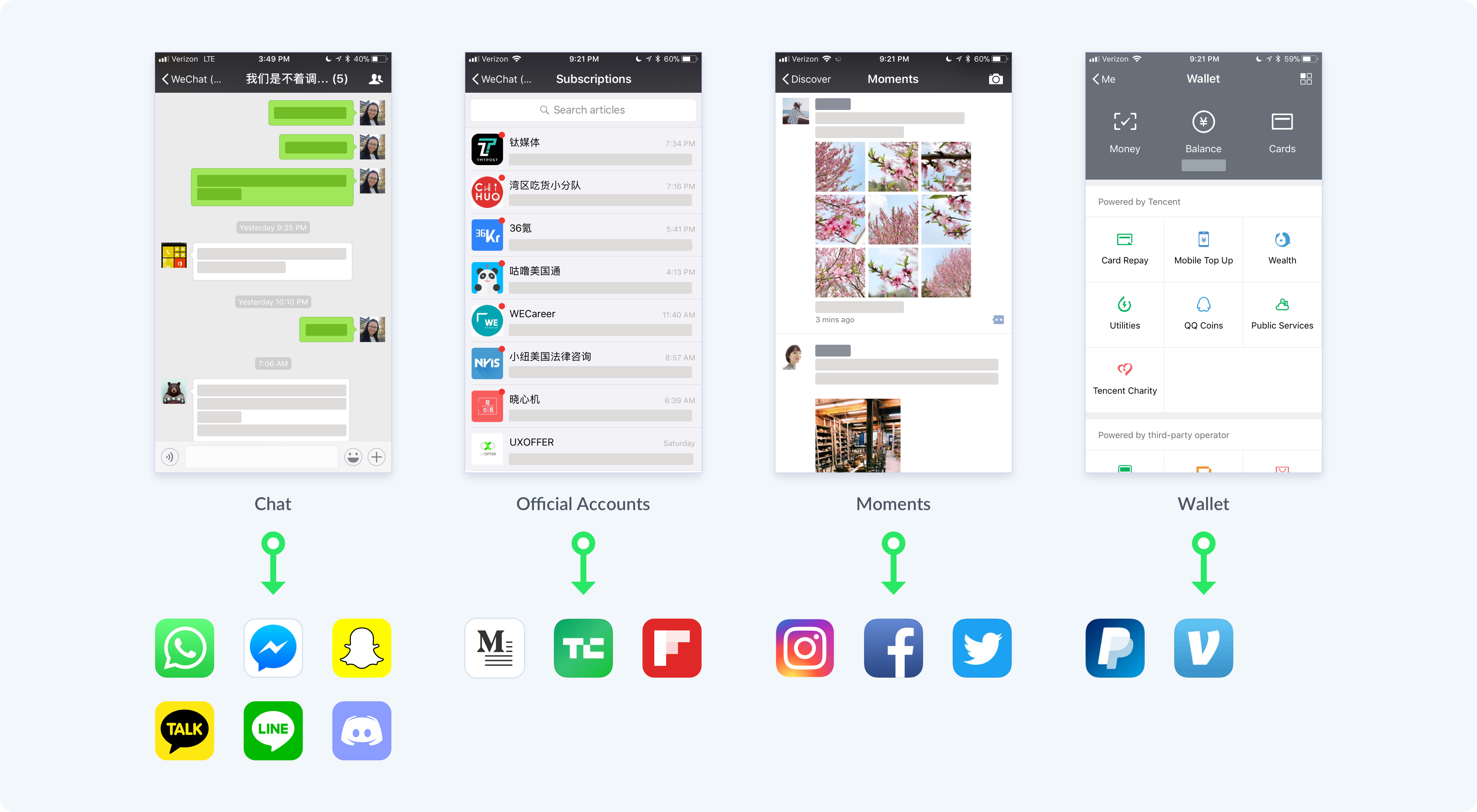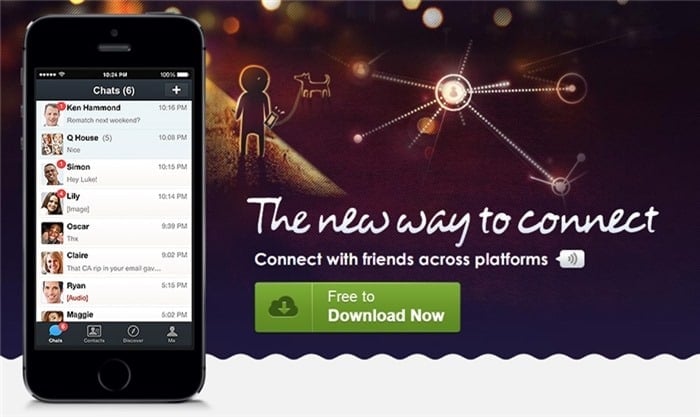

Hence, a user gets full web-app experience, without ever leaving WeChat platform. Developers are not forced to stay within look and feel of WeChat. WeChat helps them drive user engagement through making APIs for payments, location, direct messages, voice, user IDs etc. WeChat has over 10 million (authenticated) official accounts including celebrities, banks, media outlets, and fashion brands to hospitals, drug stores, car manufacturers, internet startups, personal blogs, and more. Lifestyle spending on WeChat platform Merchants/brands
#Wechat app free
Most importantly, WeChat does not charge a user to sign up on the platform – it’s completely free for a user! Further, WeChat tries to ensure trust in the ecosystem by vetting and authenticating all merchants that offer services on the platform.įigure 4. At least 20% WeChat users using payment services on WeChat. Payment processing through merely QR codes has made lives simpler while paying at brick and mortar stores, live events, vending machines, hotels and restaurants. A user doesn’t have to exit WeChat interface to do different things. Figure 3 illustrates how WeChat has built an ecosystem of services – starting from the core (messaging/social) with different layers on top – expansion, related, and societal layers.įigure 3: Evolution of WeChat services and features WeChat is convenient and everything is right there in the app. In a nutshell, WeChat provides a carefully curated list of service providers.

#Wechat app series
Pathways to a Just Digital Future Watch this tech inequality series featuring scholars, practitioners, & activistsįurther, WeChat was smart to open up the platform to third-party developers, who started offering their services on WeChat platform. Many Asian American people got onto WeChat just so they could remain connected with their relatives back in China. The more users they got onto the platform, the more other users wanted to join in order to be connected with their friends and families. WeChat has benefitted from very strong network effects – both direct and indirect – in the Chinese mobile-first market. WeChat today in China is a single app for Facebook, WhatsApp, Messenger, Venmo, Grubhub, Amazon, Uber, Apple Pay and many other such services in the West. This is just ~150MUAs fewer than Facebook and WhatsApp which are still largely messaging apps. The growth of Monthly Active Users (MAUs) has been phenomenal with the last reported figures of ~850 million MAUs in Q3 2016, primarily from Asia. That helped WeChat become one of the fastest apps to have over a billion registered users. Initially launched as a messaging app to send texts in 2011 by Tencent (one of the three Chinese tech giants – Baidu, Alibaba and Tencent), it has evolved from just an ‘app’ to a ‘platform’.įigure 1: WeChat’s Monthly Active Users (MAUs) growth WeChat was one of the few apps that were introduced as mobile-first product amidst rapidly increasing smartphone penetration in China. In the mobile-first world of China, has built a ‘mobile lifestyle’ touching various aspects of users’ lives, with an average user opening WeChat 10 times a day and spending ~40 minutes per day.


 0 kommentar(er)
0 kommentar(er)
